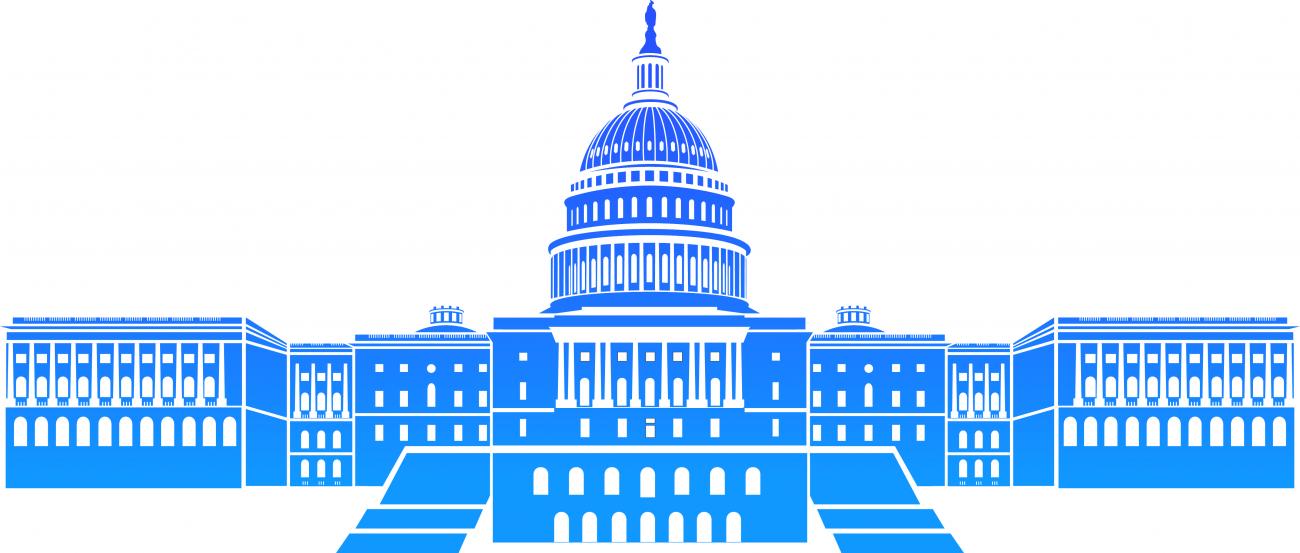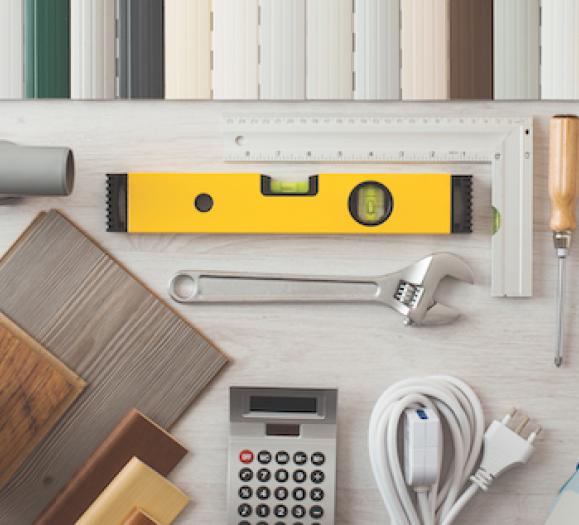Now that healthcare reform stalled, President Donald Trump and House Speaker Paul Ryan have turned their attention to tax reform — an area of the law that impacts the lighting and home decor industry. Both Trump and Ryan have laid out blueprints, but at press time, no official legislation has been introduced to Congress.
We know talking about taxes may make your head hurt, so here we break down what’s being discussed and what it means for your business.
Plans on the Table
Both Trump’s campaign plan and Ryan and Rep. Kevin Brady’s “A Better Way” blueprint promise tax cuts and a lower corporate tax rate (see chart). Overall, both plans, especially Trump’s, offer big tax cuts for businesses, says Eric Toder, Institute Fellow and Co-Director at the Tax Policy Center.
“The Ryan plan would allow businesses to expense all capital but eliminate interest deductions,” he explains, “so for some small businesses that are expensing most of their investments, they would just lose out on
the interest side, but not gain much on the investment side.”
Toder says neither plan is better or worse for businesses, but tax cuts won’t stick around unless the plan is deficit neutral. Any cuts that add to the national deficit are subjected to a 10-year sunset, which means they’ll expire after 10 years i.e. the Bush tax cuts. With deficit-neutral reform, closed loopholes and added taxes will cancel out new cuts.
Despite Ryan’s intentions, experts at the Tax Policy Center currently estimate that his plan will add $3 trillion to the federal debt in the next decade, while Trump’s would add $7.2 trillion over the first decade. Deficit hawks in Congress will likely oppose such plans. But business lawyer and CPA Brian Thompson says adding to the deficit isn’t necessarily a bad thing — within reason.
“When the interest rates go up to 8 percent on government debt, then the yearly interest on $20 trillion is $1.6 trillion annually,” Thompson says. “Significant new tax revenues will be needed if prevailing interest rates on government debt increase significantly.”
Interest rates on government debt affect the health of the economy. Low interest rates mean the economy is expanding, then more people can afford to take out loans. Rising interest rates can cause inflation and stall borrowing.
When the economy and the deficit are growing at the same rate, maintaining a deficit isn’t a bad thing, Toder explains, but at the moment, the U.S. economy isn’t growing as fast as the deficit and it’s not expected to catch up over the next decade, due to a rise in spending on retirement and health programs resulting from an aging population.
If the deficit gets too out of control, taxes will have to go up for everyone, and inflation will drive up the price of goods and services, which can halt consumer spending. In short, you may want lower taxes, but go too low and your business could end up paying more later.
Talking Taxes for Small Business
Thompson describes these tax plans as a “lot of smoke and mirrors” for small businesses. Though many in Congress talk about helping small businesses, cutting the corporate tax rate doesn’t help S-corporations and LLCs.
“It’s a little misleading, a lot of this talk about helping small business people,” Thompson says. “It’s really not doing anything to help them.”
Small business owners should be looking for plans that help individuals and S-corporations. Fewer tax brackets, as both Trump and Ryan’s plans propose, also help cut down on the amount small businesses pay in taxes.
Both plans offer large cuts to the wealthiest Americans, but small businesses should be more concerned with tax cuts to the middle class — their main buyers. Trump’s plan offers a bigger cut to the middle class over the next decade, while Ryan’s plan heavily favors the wealthiest Americans, according to an analysis from the Tax Policy Center.
Thompson says the most beneficial tax reform for small businesses is a single-payer healthcare system, which shifts healthcare from employers and to the government. Entire departments devoted to healthcare within companies would go away. Republicans are staunchly against a single-payer system, but even with the higher taxes that would be needed to fund it, companies would still save money in the long run.
“There’s no reason every company in America should have people or entire departments devoted to administering their healthcare plans to their employees,” Thompson says. “It’s incredibly inefficient for those businesses. They should be focusing on what they do and their core competencies.”
Understanding the BAT
To fund the income tax cut, Ryan’s plan proposes a border adjustment tax (BAT) — a tax that could heavily affect the lighting and home decor industry.
A BAT is a “destination-based cash flow tax,” which means that a tax is levied at the place of consumption (territorial). Simply put, importers pay an added tax of 20 percent; exports are tax-free. The Tax Policy Center estimates a BAT will raise $1.2 trillion over the next decade, and that would cover the lost revenue from the lowered corporate tax rate.
For example: Suppose your company contracts with a manufacturer in China to make lighting fixtures. You pay them $100 for five fixtures. With a BAT at a 20 percent rate, the importer cannot deduct the $100 from its taxes, such that the $100 is fully taxable when at the 20 percent BAT because you cannot deduct imported merchandise from the BAT. This means importers pay an additional tax.
Now suppose this company manufactures in the United States and exports its fixtures. Under a BAT, manufacturers can continue to deduct the costs of the U.S-produced fixtures — which is currently part of the tax law. Additionally, exporters can exempt the sales revenue from their BAT. In other words, exporters can deduct from BAT all domestic costs and totally exempt any revenues from export sales.
“On the surface,” Toder says, “importers would pay a lot more tax than they currently do and exporters would pay a lot less or maybe even zero or negative tax.”
It’s easy to see why import manufacturers argue against a BAT. As Toder points out, companies will either have to eat the cost or pass it to consumers. But BAT supporters argue the value of the dollar would increase and offset costs.
“As long as we’re still investing and saving the same amount as before and things have to balance,” Toder explains, “the result will be that import prices will fall because of the rise of the exchange rate and export prices will also fall. That will wipe out the loss to importers and the gains to exporters.” This means that after currency values adjust, exports will sell the same amount of goods to foreigners at the same price and importers will purchase the same amount of goods at the same price.
This scenario, however, is dependent upon the value of the dollar rising by 20 percent — Thomas Keating, a trade lawyer at Hodes, Keating & Pilon in Chicago, says it usually fluctuates by 1 to 2 percent each year.
“If the assumption is a 20 percent BAT on every $100 [a company] imports, the theory is that $100 will actually buy more because the Chinese currency would actually be at a lower level so they [the U.S. lighting importers] are getting more for their $100 and that 20 percent isn’t going to hurt as much as they think it would,” Keating explains. But he adds, “I find it hard to believe that the dollar could increase that rapidly to effect that change.”
Toder adds, “It will rise 20 percent assuming a uniform tax/rebate and sufficient time for adjustment. It may not rise 20 percent immediately and the tax/rebate will probably not end up being uniform, so skepticism about the full adjustment occurring quickly is warranted.”
In the lighting and home decor industries, leaders are voicing concerns about the BAT.
“The costs of items such as food, gasoline, medications, clothing and lighting products will experience price hikes,” Michael Weems, Vice President of Government Engagement at the American Lighting Assn., said in a recent statement. “Middle class families will spend a lot more to purchase these everyday items, to the tune of $1,700 per household, per year. This proposal would negatively impact the lighting industry, not to mention the American economy.”
“The border tax adjustment will materially increase decorative ceiling fan and lighting prices,” Nathan Frampton, President of Fanimation, says.
BAT supporters also argue the tax will bring manufacturing jobs back to the United States, but Thompson and Keating remain skeptical. Keating says the lower cost of labor may still offset a BAT, though Thompson adds that wages in China are increasing. Toder says a BAT removes the tax benefit for U.S. businesses to invest overseas, so business may create jobs, but they won’t be the low-skill manufacturing jobs Trump promised on the campaign trail. Automation replaced them, even overseas.
At press time, the White House had not taken an official stance on the BAT.
Moving Forward
The 1986 tax reform took two years to pass. As you wait, stay updated from trusted news sources and nonpartisan groups like the Tax Policy Center.
All businesses favor paying less taxes, but when it comes to tax reform, remember to look to the forest, not just the trees.







